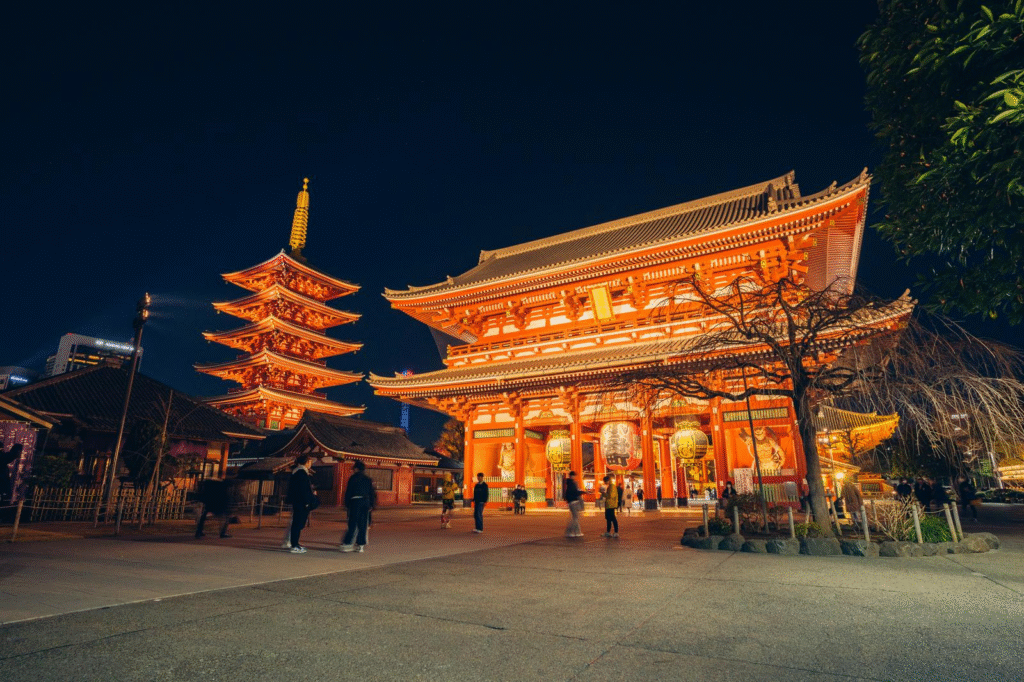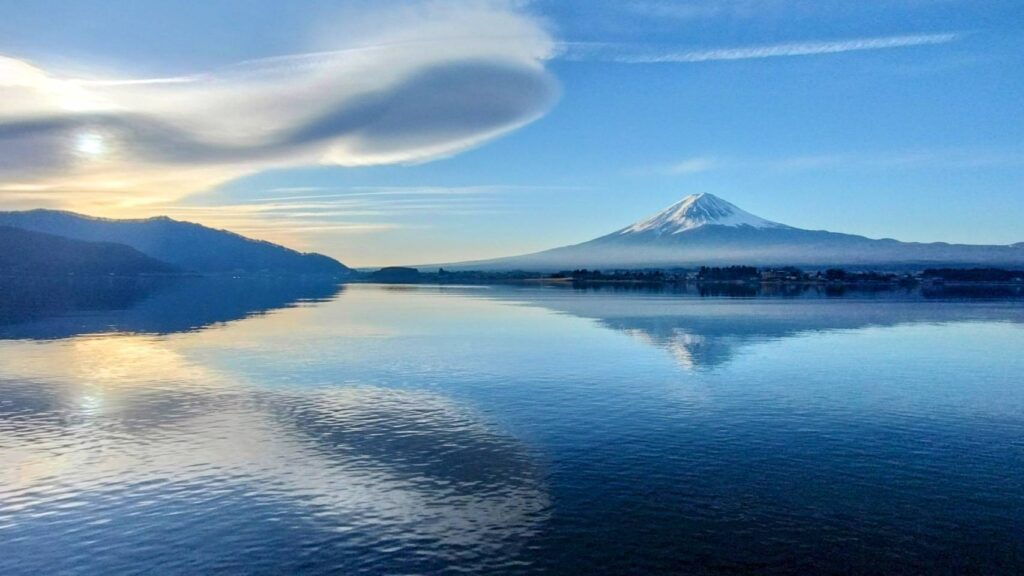Hi guys, welcome to SlowTripJapan.com — where we explore Japan not just as a destination, but as a way of life.
I’m a local Japanese traveler, and I’d love to share the beauty of Japan from a native’s perspective — not just the famous spots, but the quiet, authentic moments only locals know.
In this first article, we invite you to take a slow, meaningful journey into Japan’s traditions, food, greetings, seasons, and the spirit of its people. Let’s begin!
Quick Navigation
Japan Travel Tips/Japanese Traditions
Japan is a country that values the beauty of the old while embracing the innovations of the new.
It’s a place where age-old traditions are preserved, yet you can travel between cities on futuristic bullet trains — a perfect balance of past and present.
In Japan, each region has its own unique charm:
Tokyo, Osaka, and Fukuoka are bustling cities full of energy and modern life.
Kyoto and Nara preserve the elegance and culture of Japan’s historical past.
Hokkaido, Yamanashi, and Nagano are rich in natural beauty and outdoor adventures.
And Okinawa, with its tropical vibes and warm-hearted people, offers a completely different side of Japan.
The real beauty of Japan lies in its diversity — there’s something special waiting to be discovered in every corner of the country.
Whether it’s celebrating the New Year with family or participating in summer festivals with fireworks and dancing, Japan’s traditions connect people across generations.
Here are just a few of the cultural elements that make Japan so fascinating.
Japan Travel Tips / Japanese Food Culture
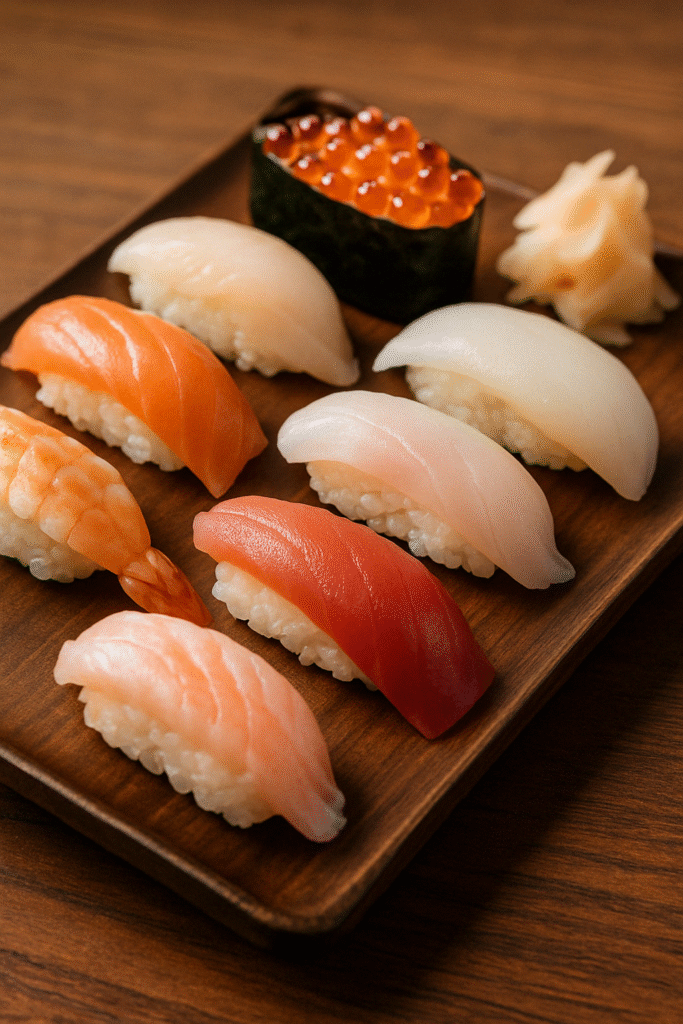
Japanese cuisine offers such a huge variety of dishes, and even within Japan, everyone has their own favorites.
Ramen, sushi, sukiyaki, tempura, miso soup—you name it.
As for me, sushi is definitely my number one favorite.
I’ve lived abroad before, and whenever I’m away from Japan for a long time, I start to really miss Japanese food.
Japanese cuisine is known for more than just sushi and ramen.
It reflects a deep respect for seasonal ingredients, harmony, and simplicity.
Every meal is a careful balance of taste, color, and texture. Even something as simple as miso soup and rice can be as meaningful as a gourmet feast.
Each region of Japan has its own specialty dishes, often tied to local festivals and traditions.
For example, in Yamanashi, there’s a hearty dish called Hōtō, perfect for autumn—a warm and comforting noodle soup filled with seasonal vegetables.
Before eating, we say “Itadakimasu”, and after finishing a meal, “Gochisousamadeshita”, both with hands together in a small bow.
These simple words express gratitude for the food and the people who prepared it—a reflection of the Japanese spirit of respect and mindfulness at the heart of our food culture.
👉 “What to Eat in Japan: A Beginner’s Guide to Must-Try Japanese Food”
Japan Travel Tips / Japanese Greetings
In Japan, how you greet someone says a lot.
Bowing is more than just a gesture—it shows respect, humility, and connection. You’ll also hear phrases like:
- Konnichiwa – Hello
- Arigatou gozaimasu – Thank you
- Yoroshiku onegaishimasu – A phrase with no direct translation, often meaning “please take care of me” or “let’s work well together”
These expressions are part of Japan’s deep-rooted culture of politeness and respect.
In Japan, there is a special way of speaking called keigo, or honorific language.
For example, “arigatou” is a casual way to say “thank you” and is used with friends or family.
On the other hand, “arigatou gozaimasu” is more polite and is used when speaking to someone older, someone you’re meeting for the first time, or in formal situations.
It shows respect and good manners.
The Four Seasons of Japan
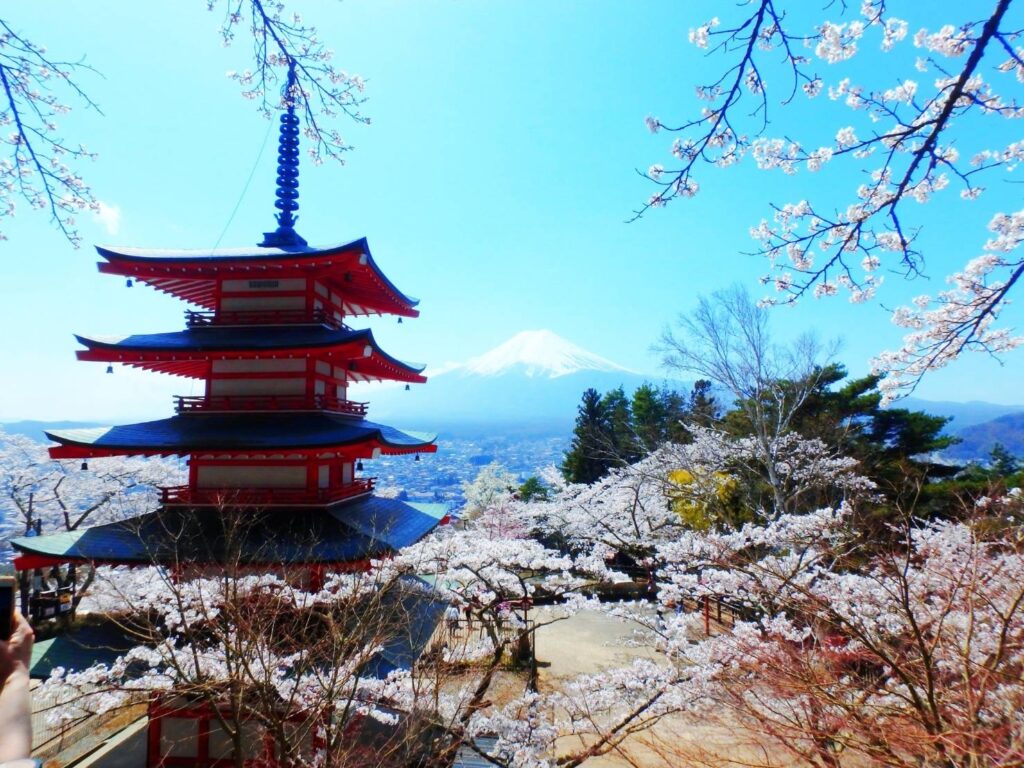
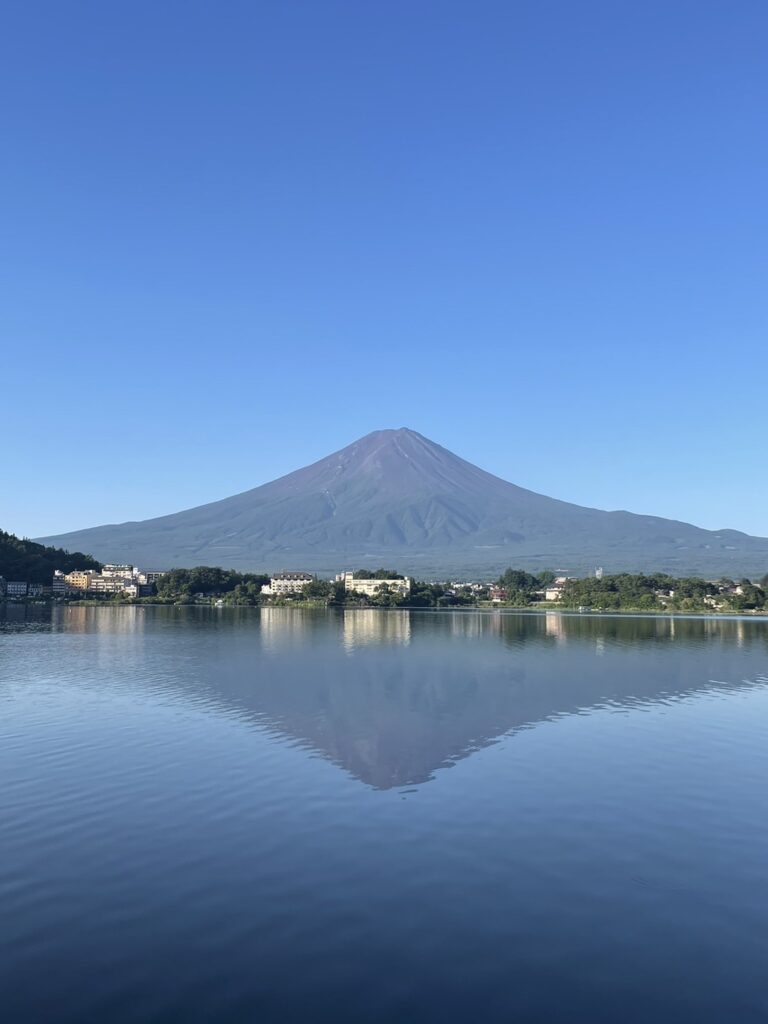
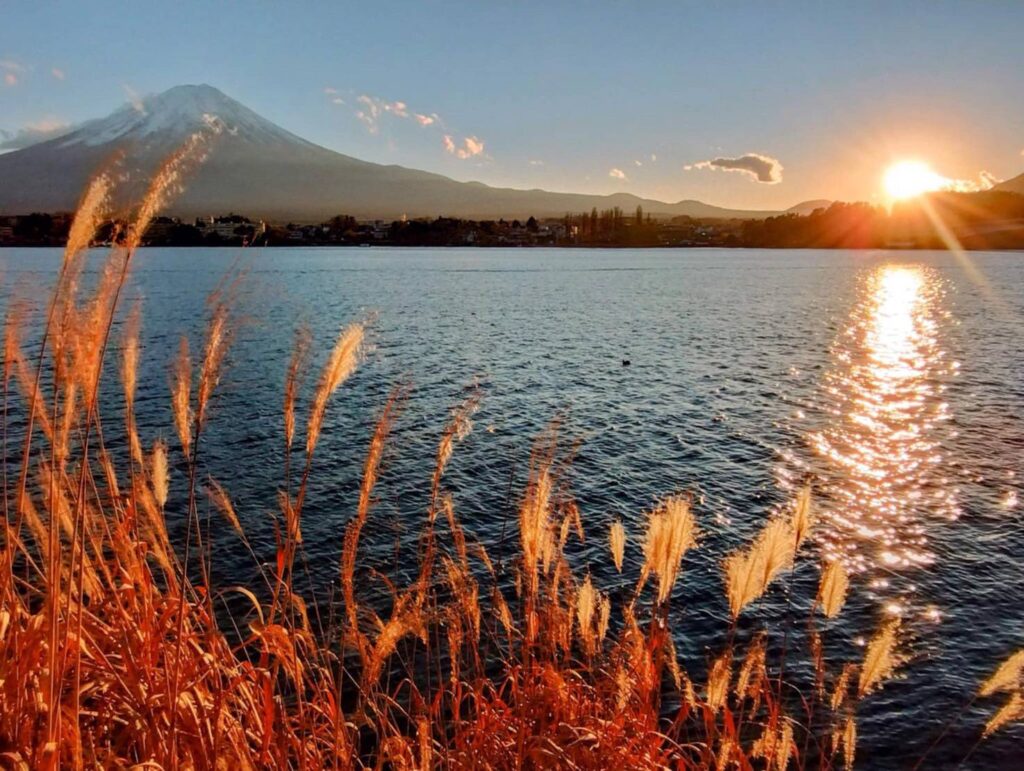
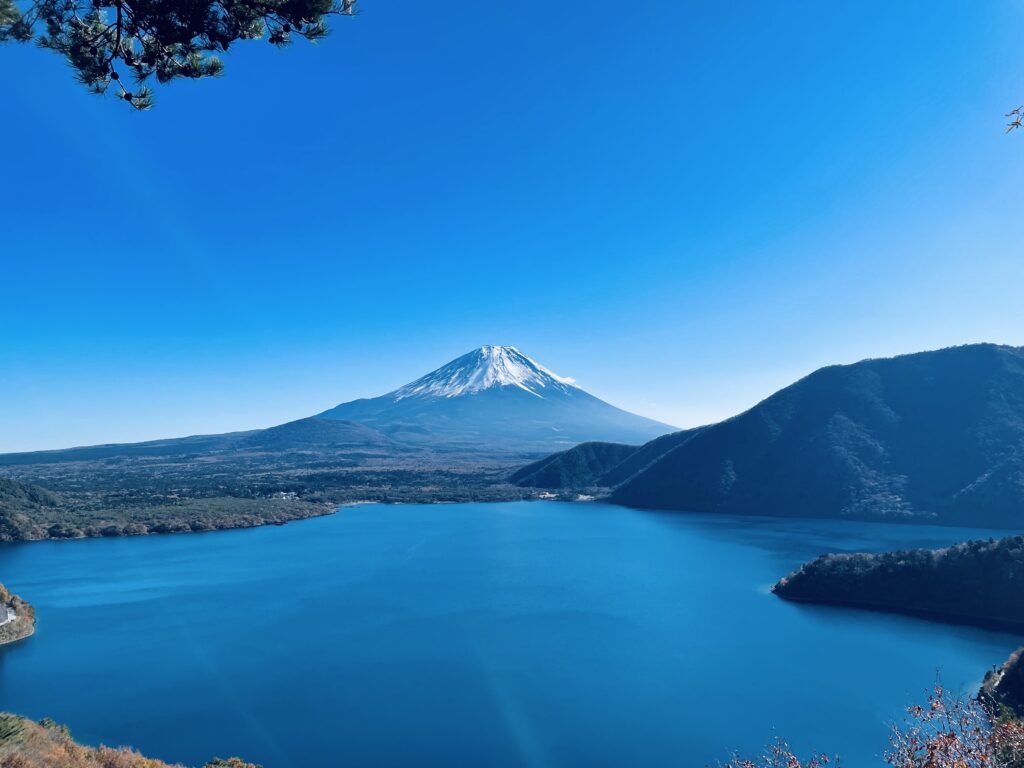
One of Japan’s greatest charms is its four distinct seasons.
From spring to winter, you can enjoy activities, food, travel destinations, and even clothing that match the season.
Every Japanese person has their own favorite time of year, and it’s different for everyone.
If you visit Japan, I hope you’ll take the time to truly experience the beauty of these changing seasons!
Japan is a land of vivid seasonal change, and the people truly live with the rhythm of the year.
Spring brings cherry blossoms, summer means festivals and fireworks, autumn is painted in red and gold leaves, and winter invites quiet moments with snow-covered temples and hot springs.
Seasonal foods, decorations, and even clothing reflect these changes. Traveling in different seasons will give you entirely different experiences—even in the same location.
👉 Mt. Fuji Through the Seasons: When Is the Best Time to Visit?
Japanese Personality and Mindset
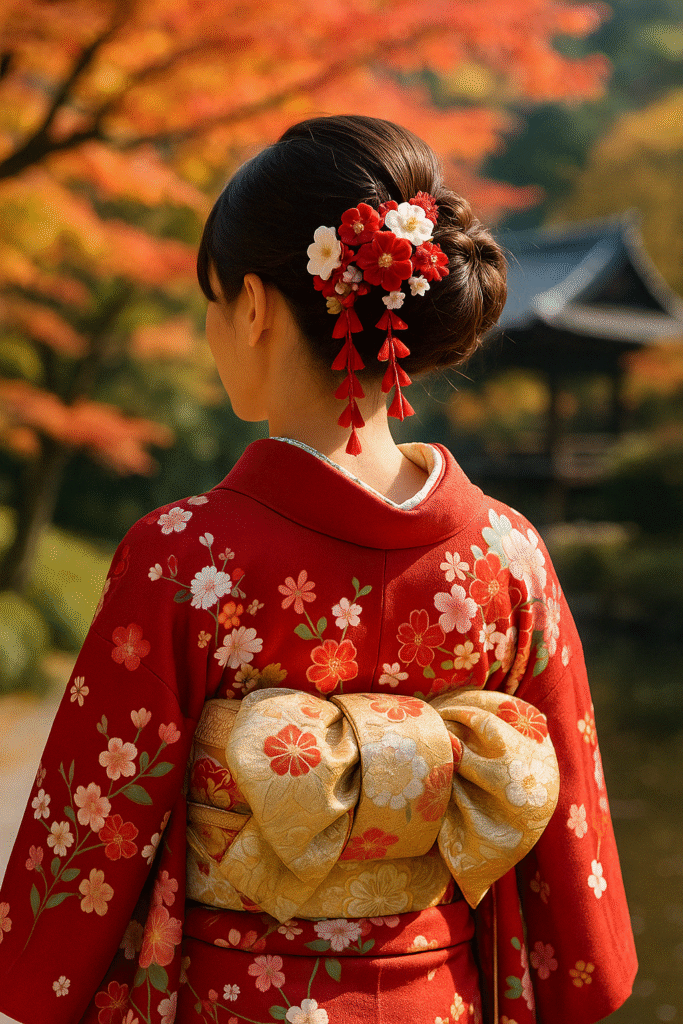
Japanese people are often known for being polite, reserved, and thoughtful. But more than that, there’s a quiet strength in the way they care for others, work together, and value harmony.
Phrases like “wa (和)” mean harmony, and “omoiyari (思いやり)” means empathy—these values are central to daily life. In Japan, it’s common to think about how your actions affect others, and this shapes everything from how people speak to how cities are designed.
Japanese people are known for their deep sense of consideration for others.
This thoughtful nature is something they carry with them in daily life.
Visitors to Japan are often pleasantly surprised by the exceptional level of service.
Even just stepping into a restaurant, you’ll likely be moved by the staff’s attention to detail, kindness, politeness, and heartfelt hospitality — something the Japanese call “omotenashi.”
Why Japanese Anime Is So Captivating – Even for Global Audiences
Japanese anime isn’t just “cartoons”—it’s a unique form of storytelling that blends emotional depth, beautiful art, and creative worlds. Whether it’s a quiet slice-of-life story, an epic battle between heroes and villains, or a deep exploration of human feelings, anime covers it all.
What makes anime so appealing?
- Art Style & Visuals: From the scenic beauty of Studio Ghibli films to the bold designs in “Demon Slayer,” anime is known for stunning animation and expressive characters.
- Deep Storytelling: Many anime dive into complex themes like friendship, loss, hope, and identity. It’s not just for kids—many stories are incredibly emotional and thought-provoking.
- Cultural Window: Watching anime offers a peek into Japanese life, customs, and values. Things like school life, seasonal festivals, food, or even simple greetings become part of the story.
- Relatable Characters: Anime often focuses on character growth. Even in fantasy worlds, the characters deal with challenges we can all relate to—feeling lost, chasing dreams, or finding love.
That’s why anime resonates with so many people around the world. It’s entertaining, emotional, and gives you a glimpse into another culture—all at the same time.
Visiting the real-life locations featured in anime and manga can be a fun and unique part of traveling in Japan.
For example, the Shonan area is known for being the setting of Slam Dunk, while Asakusa in Tokyo appears in Demon Slayer.
If you’re a fan, exploring the places that inspired your favorite anime or manga adds a special layer of excitement to your trip.
Why Travel Slow in Japan?
At SlowTripJapan.com, we believe the best way to experience Japan is slowly.
Instead of rushing from Tokyo to Kyoto, why not take your time in a small town, talk to locals, try their food, and feel the atmosphere? That’s where the real Japan lives—not in a checklist, but in quiet moments.
Join us as we start our journey from the beautiful Fuji Five Lakes area, and slowly make our way across Japan—one meaningful story at a time.
Let Japan surprise you, calm you, and inspire you. Welcome aboard.
〈Related articles about Japan〉
👉 “Mastering Japanese Etiquette: Essential Manners for Respectful Travelers”
👉 “How to Use Public Transportation in Japan: A Simple Guide for First-Time Visitors”
👉 “How to Use a Japanese Onsen: Easy Etiquette Guide for First-Time Visitors”

